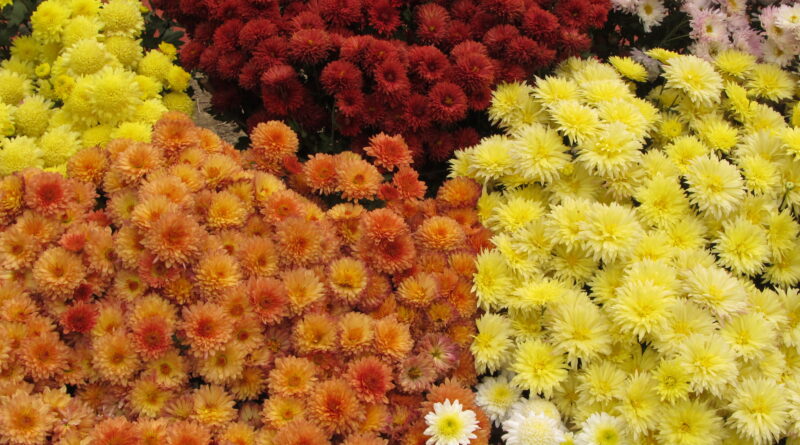Chrysanthemum
Chrysanthemum: Unraveling the Timeless Beauty of the Queen of Autumn
Introduction
In the tapestry of botanical wonders, few flowers can match the elegance, variety, and historical significance of the chrysanthemum. Revered in various cultures, this delicate yet resilient bloom has captured the hearts of gardeners and artists alike for centuries. Join us on a mesmerizing journey as we explore the rich history, cultural symbolism, and enchanting varieties of the chrysanthemum, a flower that truly reigns as the queen of autumn.
Historical Significance and Origins
The chrysanthemum, originating from Asia, holds a revered place in the cultural and artistic heritage of countries like China, Japan, and Korea. In Chinese culture, the chrysanthemum represents longevity and endurance, often symbolizing the strength of character in the face of adversity. Emperors of China were known to be particularly fond of this flower, leading to its status as a symbol of nobility.
The Charming Varieties
Chrysanthemums come in an astounding array of shapes, sizes, and colors. From the classic pompom-like blooms to the intricate spider chrysanthemums with their spidery petals, each variety tells a unique story. Gardeners have carefully cultivated different cultivars, resulting in a diverse palette that includes shades of white, yellow, pink, purple, and even bronze. The diversity of chrysanthemums continues to fascinate horticulturists and enthusiasts worldwide.
Cultural Symbolism Around the World
In Japan, the chrysanthemum holds a special place as the imperial symbol, representing longevity, happiness, and rejuvenation. The Chrysanthemum Throne is the name given to the Japanese imperial family’s throne. In festivals like the Japanese Doll Festival (Hina Matsuri), chrysanthemum dolls are displayed, emphasizing the flower’s cultural significance.
In European Victorian symbolism, chrysanthemums represent fidelity, optimism, and joy. In many cultures, they are also associated with honoring the dead, making them popular choices for funerals and memorial services.
Chrysanthemums in Art and Literature
Throughout history, artists and writers have been captivated by the chrysanthemum’s beauty. From ancient Chinese brush paintings to delicate Japanese floral arrangements (ikebana), the chrysanthemum has been a muse for creativity. In literature, too, the flower has found a place, often symbolizing the ephemeral nature of life and the beauty found in fleeting moments.
Chrysanthemums in Modern Medicine and Cuisine
Beyond their aesthetic appeal, chrysanthemums have medicinal properties. In traditional medicine, chrysanthemum tea is brewed to alleviate various ailments, including headaches and fevers. Additionally, certain species of chrysanthemums contain natural insect-repelling compounds, making them valuable in organic pest control methods.
In culinary traditions, chrysanthemum petals are used in teas, salads, and garnishes, adding a subtle, floral flavor to dishes. In some cultures, chrysanthemum petals are even used to make wine, celebrating the flower’s delicate taste and cultural significance.
Conclusion: The Timeless Allure of Chrysanthemums
As we wander through the historical corridors, cultural celebrations, and artistic expressions associated with chrysanthemums, we find a flower that transcends time and borders. Its enduring allure serves as a reminder of the intricate relationship between humanity and nature, where a simple bloom can hold profound cultural, artistic, and even medicinal significance.
In the chrysanthemum, we discover not just a flower, but a living testament to the depth of human creativity and reverence for the natural world. With every petal, it whispers stories of ancient empires, artistic inspiration, and the universal beauty that unites us all. So, the next time you behold a chrysanthemum, take a moment to appreciate not just its visual splendor, but the rich tapestry of history and culture it carries, making it truly the queen of autumn’s floral realm.



